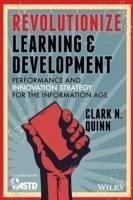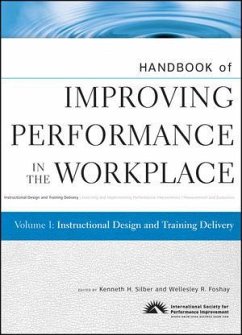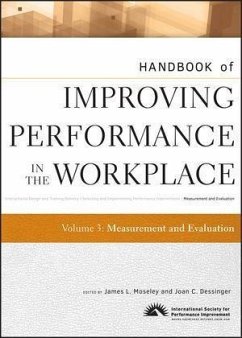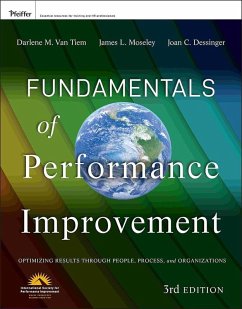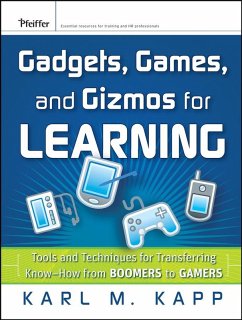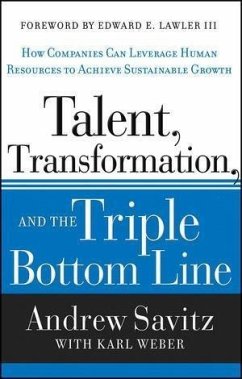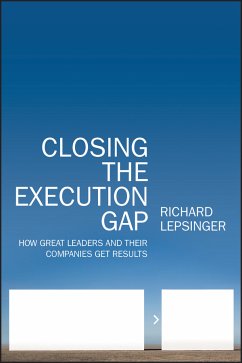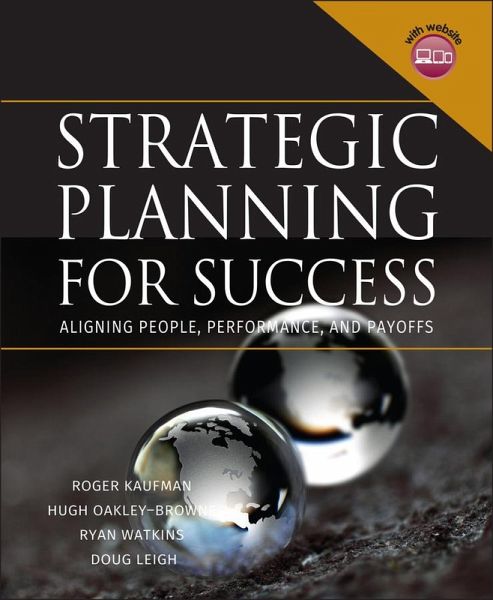
Strategic Planning For Success (eBook, PDF)
Aligning People, Performance, and Payoffs
Versandkostenfrei!
Sofort per Download lieferbar
75,99 €
inkl. MwSt.
Weitere Ausgaben:

PAYBACK Punkte
0 °P sammeln!
Strategic Planning for Success offers you a pragmatic guide to the design and development of practical and pragmatic strategic thinking and organizational alignment that will yield high-impact results and measurably add value to you, your organization, your clients, and society. Unlike other books on the topic, this volume goes beyond simply detailing the tools and techniques of design and development by clearly showing how to align what you do with what will be most valuable to all stakeholders. Using this unique approach will yield extraordinary results adding measurable value that flows fro...
Strategic Planning for Success offers you a pragmatic guide to the design and development of practical and pragmatic strategic thinking and organizational alignment that will yield high-impact results and measurably add value to you, your organization, your clients, and society. Unlike other books on the topic, this volume goes beyond simply detailing the tools and techniques of design and development by clearly showing how to align what you do with what will be most valuable to all stakeholders. Using this unique approach will yield extraordinary results adding measurable value that flows from individual performance accomplishment to organizational and societal contributions.
Dieser Download kann aus rechtlichen Gründen nur mit Rechnungsadresse in D ausgeliefert werden.




